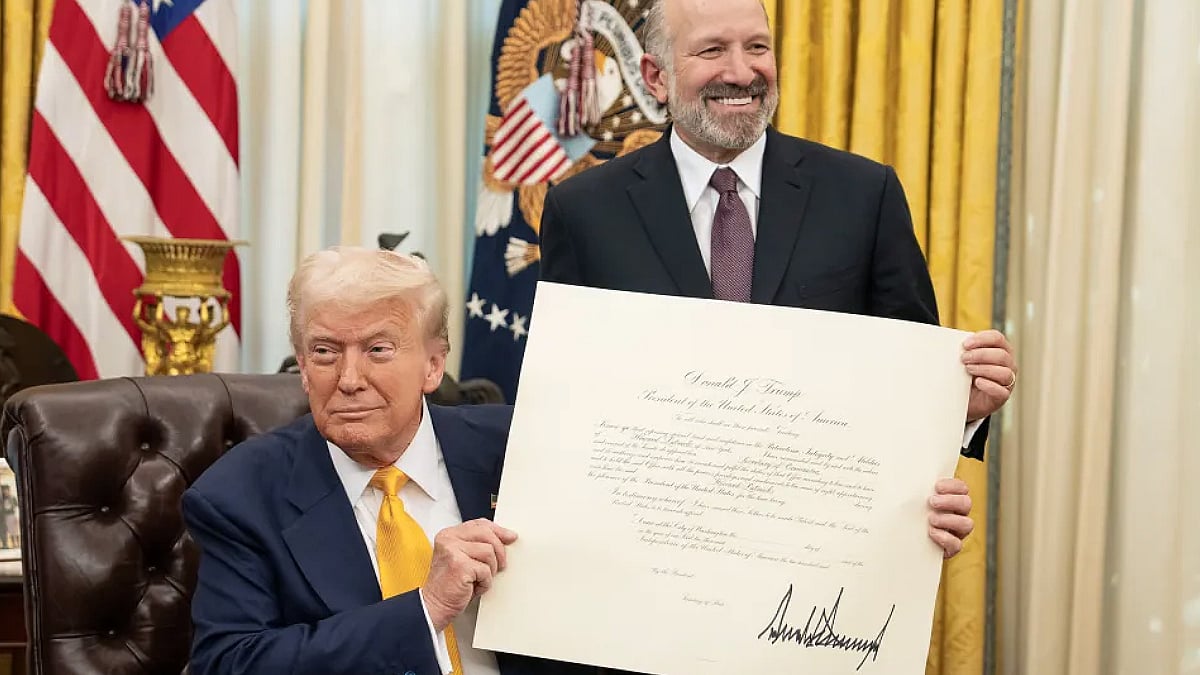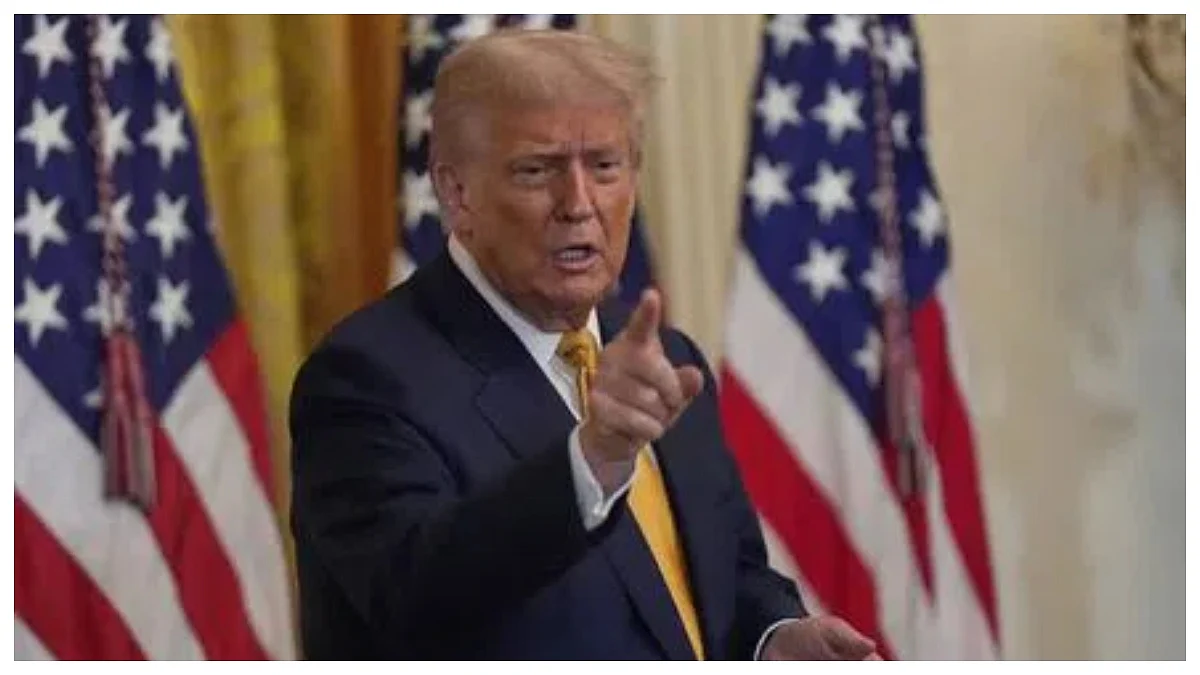Finance Minister Nirmala Sitharaman’s fourth Budget has harped on the spending theme of her previous pandemic-year Budget, but has sharpened the focus on spending on physical asset creation to kickstart growth and help India retain the “fastest growing major economy” tag for the second year running.
As the Economic Survey had estimated, GDP is expected to grow by 9.2 per cent for 2021-22, thanks to the base effect of the 2020 recession. For 2022-23, the estimated GDP growth rate of 8-8.5 per cent will still be the highest among the world's major economies.
While the Budget was massively expansionary – the government’s capital expenditure for 2022-23 at Rs 7.5 lakh crore is a whopping 35.4 per cent higher than the Budget estimate of Rs 5.54 lakh crore in 2021-22 and more than 2.2 times the spending outlay in the 2019-20 pre-pandemic Budget.
Once the Centre’s support to State schemes and grants are factored in, the effective capital expenditure in 2022-23 is estimated at Rs 10.5 lakh crore, or about 4.1 per cent of the GDP. This spending spree has been made possible by a substantial bounce-back in the government’s revenue collections. For the first time in three years, direct tax collections will exceed the Budget Estimates. As per the revised estimates, the FM stands to collect Rs 6.35 lakh crore from corporate taxes and Rs 6.15 lakh crore from personal income taxes.
The focus will be on the proposed PM Gati Shakti master plan, which is based on seven “engines of growth” -- roads, railways, airports, ports, mass transport, waterways and logistics infrastructure.
Expectedly, the spending boost put paid to any hopes of relief for the tax-paying middle class. Apart from some minor relief for disabled, and a provision to update returns for two years in order to avoid disputes, there was absolutely no change in the tax slabs.
Although Sitharaman said she was “mindful” of the medium-term target of reaching a fiscal deficit level of 4.5 per cent by 2025-26, that can has been kicked down the road for the moment, with fiscal deficit projected at a higher-than estimated 6.9 per cent for the ongoing financial year and 6.4 per cent for the next.
That deficit could be narrowed if the government’s disinvestment targets were met. But despite the sale of Air India and the impending LIC share sale, which the FM indicated could be completed before March-end, the government is set to miss the current year’s disinvestment target of Rs 1.75 lakh crore by a big margin, leading to this being pared to Rs 65,000 crore for 2022-23.
MSMEs were also in for a disappointment, although the emergency credit line guarantee scheme (ECLGS) was extended by one year to March 31, 2023. An additional Rs 50,000 crore was also added to the cover, to be used exclusively for the hospitality and travel sector, which has been worst hit by the pandemic and the slowest to recover.
The Modi government has emphasised the creation of digital infrastructure alongside physical infrastructure and the Budget carries forward this theme, with a slew of incentives for start-ups, expansion of broadband services to rural areas and roll-out of 5G services, for which 5-G spectrum will be auctioned in the coming fiscal.
India is also embracing the digital currency wave with a regulated digital currency of its own, to be introduced in 2022-23. Further, digital assets (including crypto currency, which has been banned in India) were given back-door recognition, with the FM imposing a 30 per cent tax on any gains accruing from the sale of digital assets.
Coming as it does on the back of a year-long protest by farmers, which eventually led to the repeal of the three new Central farm laws, the Budget was expected to carry a lot of sops for agriculture, particularly in the backdrop of crucial upcoming elections in major agrarian states like Punjab and UP. However, there were no direct sops. The FM pointed out that the government was spending Rs 2.37 lakh crore towards direct payments for minimum support price. Chemical-free, natural farming is to be promoted and 2022 will be declared ‘Year of Millet’, for which the Centre has promised support for creating post-harvest facilities and brand building.
On education, the Budget acknowledges the calamitous impact of the pandemic on learning. Education outlay was upped sharply to a record Rs 1.04 lakh crore, up 12 per cent. The flagship Sarva Siksha Abhiyan scheme received a good hike in allocation, while the ‘One Class, One TV channel’ scheme is to be expanded from 12 to 200 TV Channels to provide supplementary education in all regional languages.
Healthcare, which saw a sharp increase in the previous Budget, has been pegged at around the actual spend levels of 2021-22, indicating that the government does not expect a substantial increase in vaccine spending.










